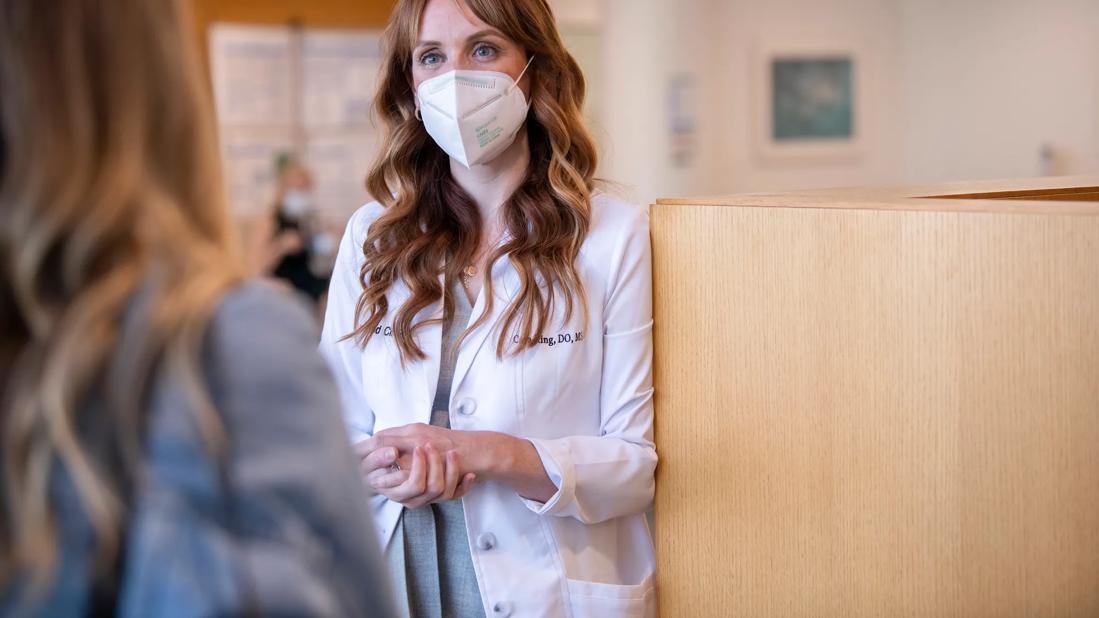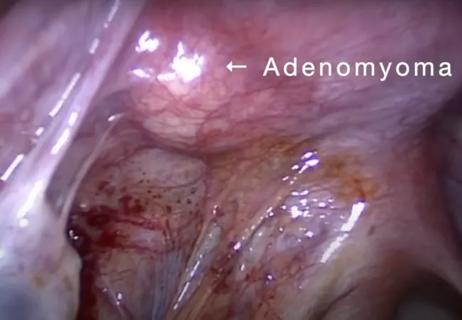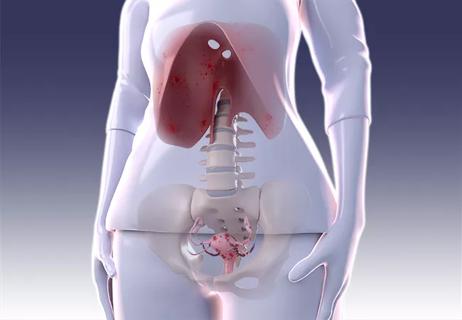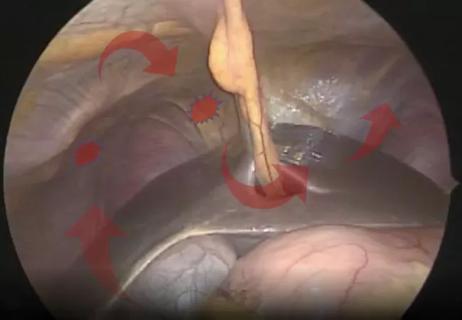Cleveland Clinic delivers team approach to diagnosis and treatment of rare condition

A teenager who has recently started to menstruate visits her doctor with symptoms of acute pain. A 30-year-old woman trying to conceive experiences multiple miscarriages. A physician treating a patient for an unrelated condition discovers an asymptomatic gynecological malformation of the uterus.
Advertisement
Cleveland Clinic is a non-profit academic medical center. Advertising on our site helps support our mission. We do not endorse non-Cleveland Clinic products or services. Policy
These are some of the ways mullerian anomalies first make themselves known. Congenital malformations of the mullerian ducts can cause a variety of symptoms ranging from no problem to infertility. The absence of a uterus and the formation of a double uterus are just two among the many physical expressions of mullerian anomalies, which affect an estimated 2% to 4% of women.
Along with their rarity, the sheer variety of ways mullerian anomalies are expressed can complicate the process of identifying them and significantly delay the delivery of appropriate treatment, which is why, in November 2021, Cleveland Clinic’s Ob/Gyn & Women’s Health Institute developed its new Interdisciplinary Center for Congenital Anomalies of the Reproductive Tract (ICCARE).
“Our goal is to make sure that when patients come here for evaluation of these anomalies, we have lined up all of their appointments, all of the correct providers, and all of the imaging within a one- to three-day window,” says Cara King, DO, subspecialist in minimally invasive gynecologic surgery (MIGS).
“There are only a few centers like this in the U.S. right now, so we know that some people will have to travel to see us,” Dr. King adds. “We get all of the stakeholders involved, so when patients come here, their care can be optimized.”
Mullerian anomalies develop in utero. As the fetus develops, the mullerian ducts become two tubes that travel down to the pelvis and form the uterus, cervix and part of the vagina. A variety of abnormalities can occur during this process, the results of which often are discovered either during adolescence or when a woman is trying to conceive.
Advertisement
“The most common mullerian anomaly is a uterine septum or a vaginal septum,” Dr. King says. “From there, there can be a lateral fusion issue or a vertical fusion issue. When we’re talking about lateral fusion, it can result in a unicornuate uterus, meaning a uterus that develops only on one side, a bicornuate uterus, which is a partial fusion defect, or even a uterine didelphys, which is two uteruses. You can have septa that are oblique or vertical or transverse. Symptoms will depend on septum location and whether the uterus actually has an endometrial lining. If the uterine remnant is not connected to the vagina and has an endometrial lining, there will be periods that can’t get out, which will cause a lot of pain. This can lead to pelvic masses if the uterine remnant or fallopian tube fill with blood. But if there’s not a uterine lining, the symptoms can be very different.”
Various classification systems have been developed over time to describe the expressions of the condition. In 2021, the American Society for Reproductive Medicine created a new and expanded mullerian anomalies classification system to include cervical and vaginal components.
How efficiently a correct diagnosis is made can be affected by the specialty of the provider who first sees the patient and their awareness of the condition.
“Sometimes patients present to an ob/gyn, but sometimes they present to family practice or pediatrics, and occasionally to a urologist,” Dr. King explains. “Because of this, there can be a long delay in accurate diagnosis. And with that delay, other negative things can develop, such as chronic pelvic pain. If there’s increased retrograde menstruation, meaning period blood going backwards, it can lead to things like endometriosis, pelvic pain and missed school. Delays can lead to infertility. This can have a real effect on quality of life.”
Advertisement
At Cleveland Clinic’s ICCARE, physicians from a variety of subspecialties take a team approach to diagnosis and treatment, Dr. King says. “This expertise ensures patients who have these conditions can have them managed correctly from the get-go.”
The center’s 10 subspecialty “champions” represent areas commonly involved in assessment and treatment of the anomalies:
“For the majority of Mullerian anomalies, our amazing radiology team can actually make the diagnosis via imaging,” Dr. King says. “Pediatric urology is critical because the renal system can often be involved. We need social workers and psychological support because oftentimes patients have experienced a previous a delay in diagnosis, and the topic of future fertility often plays a role in the discussion around treatment options.”
Cleveland Clinic’s experience in successfully performing uterine transplants may offer help to the subset of patients with Mayer-Rokitansky-Kuster-Hauser (MRKH) syndrome, or uterine agenesis. “We’re uniquely set up to be able to care for these patients,” says Dr. King.
“Every patient comes with such a wide spectrum of unique anatomy and symptoms,” says Dr. King. “Almost every anomaly we see may be different from the last. Our plan is that these 10 champions within the subspecialties will meet regularly to discuss each patient’s symptoms, imaging, physical exam, and priorities, which will facilitate the development of an individualized treatment plan.”
Advertisement
The relatively rarity of Mullerian anomalies can make the conditions vexing for non-gynecological physicians first working with patients who present with symptoms. “”It can be really stressful because they don’t know what to do for them or where to turn,” says Dr. King. “It should be empowering to know that there are options for getting information, or for sending patients even if it they don’t need surgery — just for counseling.”
“So many of our patients previously have received a piecemeal type of diagnosis or surgeries,” says Dr. King. “We sometime see patients who may be on their third or fourth surgery trying to fix the septum or whatever may be going on. If we can provide a scaffolding for early diagnosis and correct treatment the first time, it’s going to completely change patient’s lives.”
The relative rarity of Mullerian abnormalities, and conflicts in how they have been identified and tracked over time, makes it a challenge to predict how many patients Cleveland Clinic’s ICARRE might expect to see over time, says Dr. King. “I’m hoping that down the line, as people become more aware of what we’re offering, we will be seeing perhaps five or six patients a month.”

Advertisement
Advertisement

Cara King, DO, MS, outlines practices that can make all the difference

Surgical video highlights techniques for optimizing myomectomy

Study indicates patients can have confidence about potential outcomes

Laparoscopic surgery provides relief for teenage patient with adenomyoma and endometriosis

A large nodule had strangulated the patient’s ureter and invaded the vagina, bladder and rectum

Case study: Concomitant robot-assisted surgery without repositioning the patient

Analysis compares ovary removal to surveillance in asymptomatic patients

Tips and techniques to help optimize resection and ablation of lesions in the diaphragm